Minneapolis and St. Paul, often referred to as the Twin Cities, are the two largest cities in the state of Minnesota, United States. Both cities are situated in Hennepin County and Ramsey County, respectively, and they form a major economic and cultural hub in the region.
Vectormap.Net provide you with the most accurate and up-to-date vector maps in Adobe Illustrator, PDF and other formats, designed for editing and printing. Please read the vector map descriptions carefully
Here’s a detailed description of their economic and transport connections:
Economic Connections:
- Diverse Economy:
- The Twin Cities have a diverse and robust economy. Key sectors include finance, healthcare, education, technology, manufacturing, and retail.
- Major corporations and Fortune 500 companies have headquarters or significant operations in the area, contributing to economic stability and growth.
- Finance and Business:
- Minneapolis is home to a thriving financial sector, with several major banks and financial institutions having a presence. St. Paul also has its share of financial and business services.
- Healthcare and Medical Research:
- The healthcare sector is prominent in the Twin Cities, with renowned medical facilities, research institutions, and healthcare companies. The University of Minnesota plays a crucial role in medical research and education.
- Education and Research:
- The University of Minnesota, located in the Twin Cities, is a major educational and research institution. It has a significant impact on the local economy, fostering innovation and contributing to various fields.
- Technology and Innovation:
- Both cities have a growing technology sector, attracting startups and tech companies. The Twin Cities are known for their innovation ecosystem, with numerous incubators and accelerators supporting entrepreneurship.
- Manufacturing and Retail:
- Manufacturing remains an essential part of the local economy. The region has a history of manufacturing industries, contributing to job creation and economic development. Retail is also a significant contributor, with shopping centers and districts in both cities.
Transport Connections:
- Highways:
- The Twin Cities are well-connected by a network of highways, including I-94, I-35W, and I-35E, facilitating the movement of goods and people within the metropolitan area and beyond.
- Public Transportation:
- Metro Transit operates buses and light rail services in the Twin Cities. The METRO Blue Line connects Minneapolis and the Minneapolis–Saint Paul International Airport to the Mall of America. The Green Line connects the downtowns of Minneapolis and St. Paul.
- Airports:
- The Minneapolis–Saint Paul International Airport (MSP) is a major hub for domestic and international flights, serving as a key transportation link for both cities.
- Rail Transportation:
- Amtrak provides passenger rail service through the Union Depot in St. Paul. Freight rail also plays a crucial role in transporting goods in and out of the region.
- Biking and Pedestrian Infrastructure:
- Both Minneapolis and St. Paul are known for their bike-friendly and pedestrian-friendly infrastructure, including trails, bike lanes, and walkable neighborhoods.
- River Transportation:
- The Mississippi River runs through the region, historically serving as a transportation route. While not as prominent today, river transportation remains a factor in the area’s connectivity.
- Interconnected Urban Areas:
- Minneapolis and St. Paul are part of a larger metropolitan area that includes suburban communities. Commuter traffic between the cities and their suburbs is facilitated by an extensive road network.

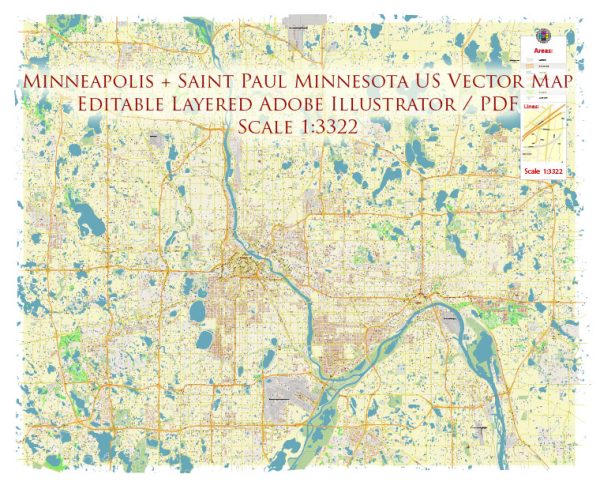
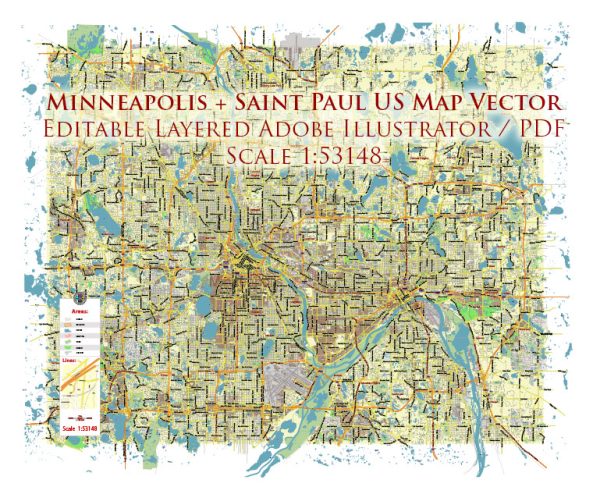
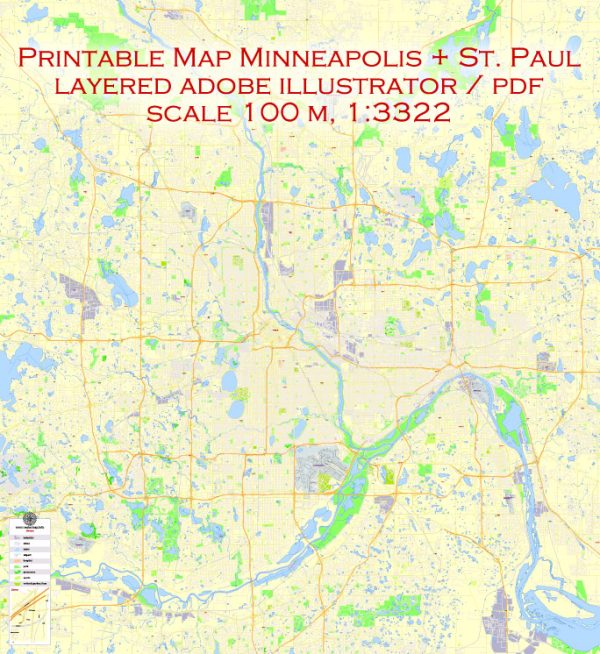
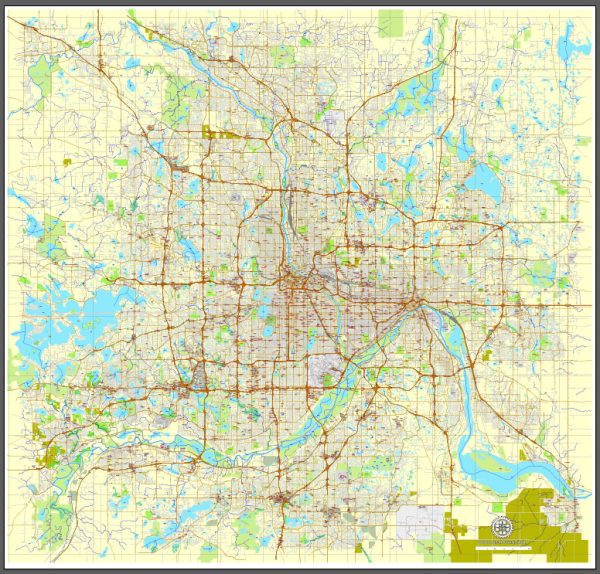
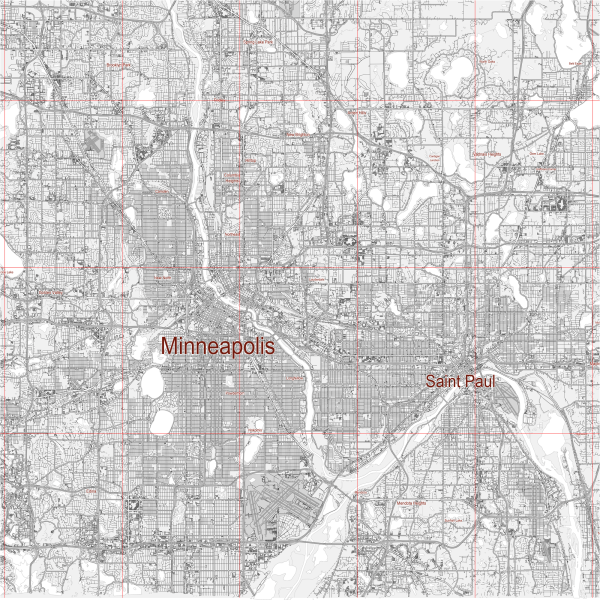
 Author: Kirill Shrayber, Ph.D.
Author: Kirill Shrayber, Ph.D.